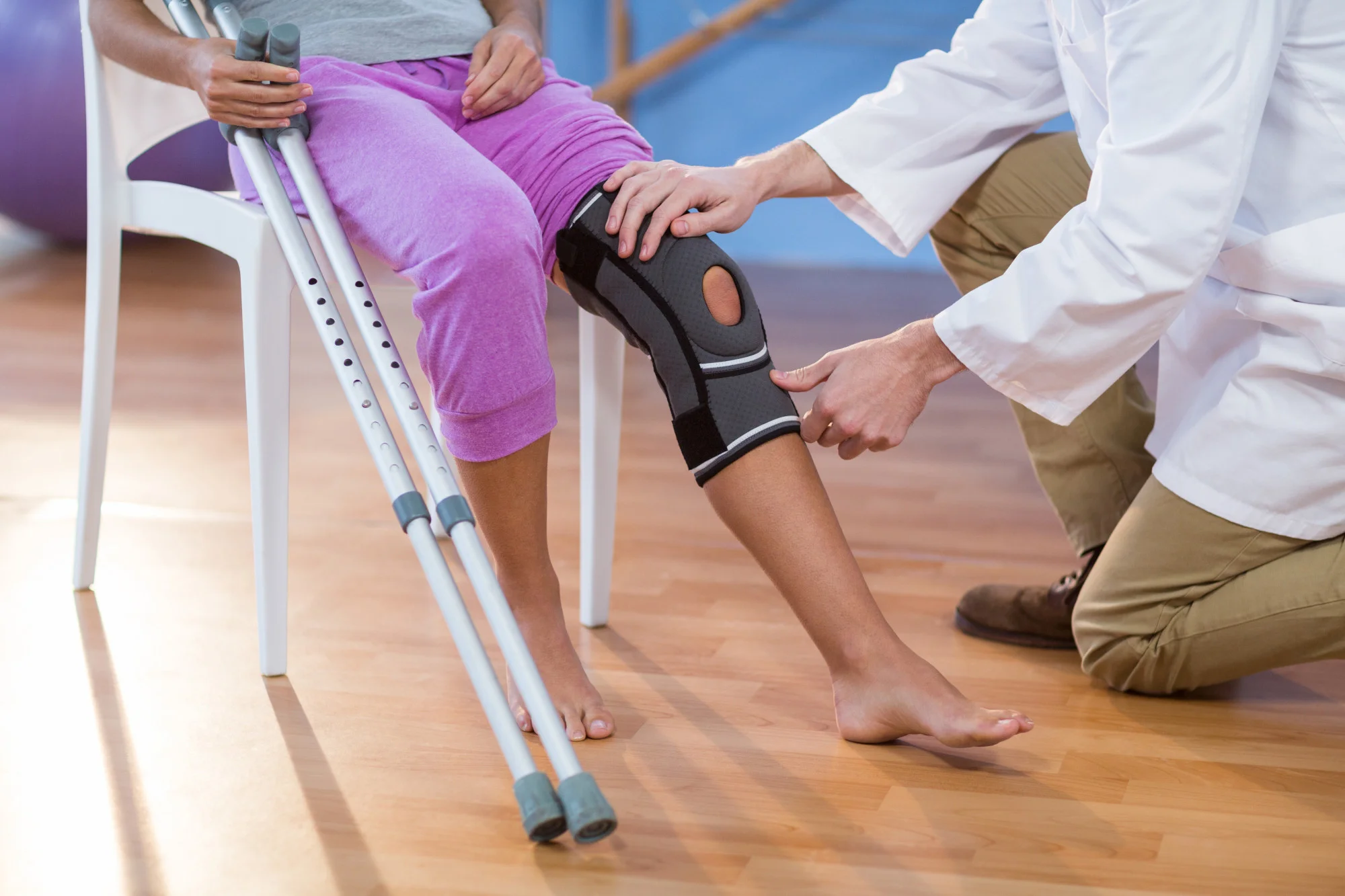Keywords
1. Total Knee Replacement
2. Orthopilot
3. Intramedullary Alignment
4. Extramedullary Alignment
5. Knee Arthroplasty Alignment
The surgical techniques employed in total knee replacement (TKR) procedures are crucial for achieving successful patient outcomes. A recent retrospective study published in the Journal of Clinical Orthopaedics and Trauma has painstakingly compared the long-term radiological results of three distinct total knee arthroplasty alignment systems. The paper, authored by Biazzo et al. (2019), delves into the efficacy of the Orthopilot computer-assisted alignment system (Group A), a traditional intramedullary alignment system (Group B), and an extramedullary alignment system (Group C), with a medium follow-up of 15 years. The findings, encapsulated in this elaborate news article, are at the forefront of orthopaedic research and present meaningful insights for the future of knee arthroplasty.
DOI: 10.1016/j.jcot.2018.07.005
Study Overview
The study initially enrolled 115 patients, but the follow-up radiological assessments were conducted on 97 individuals who were available at the time. The evaluations included standing long-leg antero-posterior radiographs and lateral knee radiographs at the 1-year follow-up mark and at the final follow-up. By assessing the mean hip-knee-ankle angle (HKA), mean frontal femoral component angle (FFC), mean frontal tibial component angle (FTC), and the mean tibial component inclination in the sagittal plane, the authors could determine the precision of alignment and positioning of the knee implants across the three methods.
Key Results
Group A, which utilized the Orthopilot computer-assisted system, had a mean HKA of 179.1°, Group B had a mean HKA of 178.6°, and Group C had a mean HKA of 177.8°. No statistically significant differences were found in these angles among the three groups. Similarly, the FFC and FTC measurements did not demonstrate significant differences. However, a pivotal discovery was the statistically significant betterment in implant position and mechanical alignment when comparing the computer-assisted technique to the extramedullary method. The intramedullary alignment system also proved to be inferior, yet not to a statistically significant extent, to the computer-assisted approach concerning implant position and mechanical alignment.
Implications for Clinical Practice
The study provided supporting evidence for the use of computer-assisted alignment systems in knee replacement surgeries. Based on the long-term follow-up results, the authors advocated for the standard utilization of computer-assisted systems in TKR to optimize implant positioning and alignment. They further suggested that, where this technology is not available, the intramedullary system should serve as the alternative preference.
The precision of total knee arthroplasty is fundamental to the longevity and functionality of the prosthetic joint. Misalignment can lead to a multitude of issues, including implant wear and failure, which ultimately necessitates revision surgery. Juxtaposed with the conventional techniques, it’s evident from the study that computer-assisted surgery offers a more reliable pathway to achieving optimal alignment, correlating to better long-term outcomes for patients.
References
1. Berend, M. E., Ritter, M. A., Meding, J. B. (2004). Tibial component failure mechanisms in total knee arthroplasty. Clin Orthop Relat Res, 428, 26-34. DOI: 10.1097/01.blo.0000144858.46260.d4
2. Parratte, S., Pagnano, M. W., Trousdale, R. T., Berry, D. J. (2010). Effect of postoperative mechanical axis alignment on the fifteen-year survival of modern, cemented total knee replacements. J Bone Joint Surg Am, 92(14), 2143-2149. DOI: 10.2106/JBJS.I.01398
3. Bonner, T. J., Eardley, W. G. P., Patterson, P., Gregg, P. J. (2011). The effect of post-operative mechanical axis alignment on the survival of primary total knee replacements after a follow-up of 15 years. J Bone Joint Surg Br, 93(9), 1217-1222. DOI: 10.1302/0301-620X.93B9.26947
4. Morgan, S. S., Bonshahi, A., Pradhan, N. (2008). The influence of postoperative coronal alignment on revision surgery in total knee arthroplasty. Int Orthop, 32(5), 639-642. DOI: 10.1007/s00264-007-0389-0
5. Huijbregts, H. J., Khan, R. J., Sorensen, E. (2016). Patient-specific instrumentation does not improve radiographic alignment or clinical outcomes after total knee arthroplasty. Acta Orthop, 87(4), 386-394. DOI: 10.1080/17453674.2016.1185696
The rigorous analysis and comparison presented in this study are a testament to the evolution of total knee replacement methodologies. The in-depth investigation into the long-term efficacy of different alignment systems provides invaluable information for orthopedic surgeons and patients alike. The findings reiterate the importance of precise implant positioning and offer a clear direction for the selection of alignment systems in total knee arthroplasty. It’s a stride towards ensuring prolonged implant survival and heightened patient satisfaction in the sphere of orthopedics.
